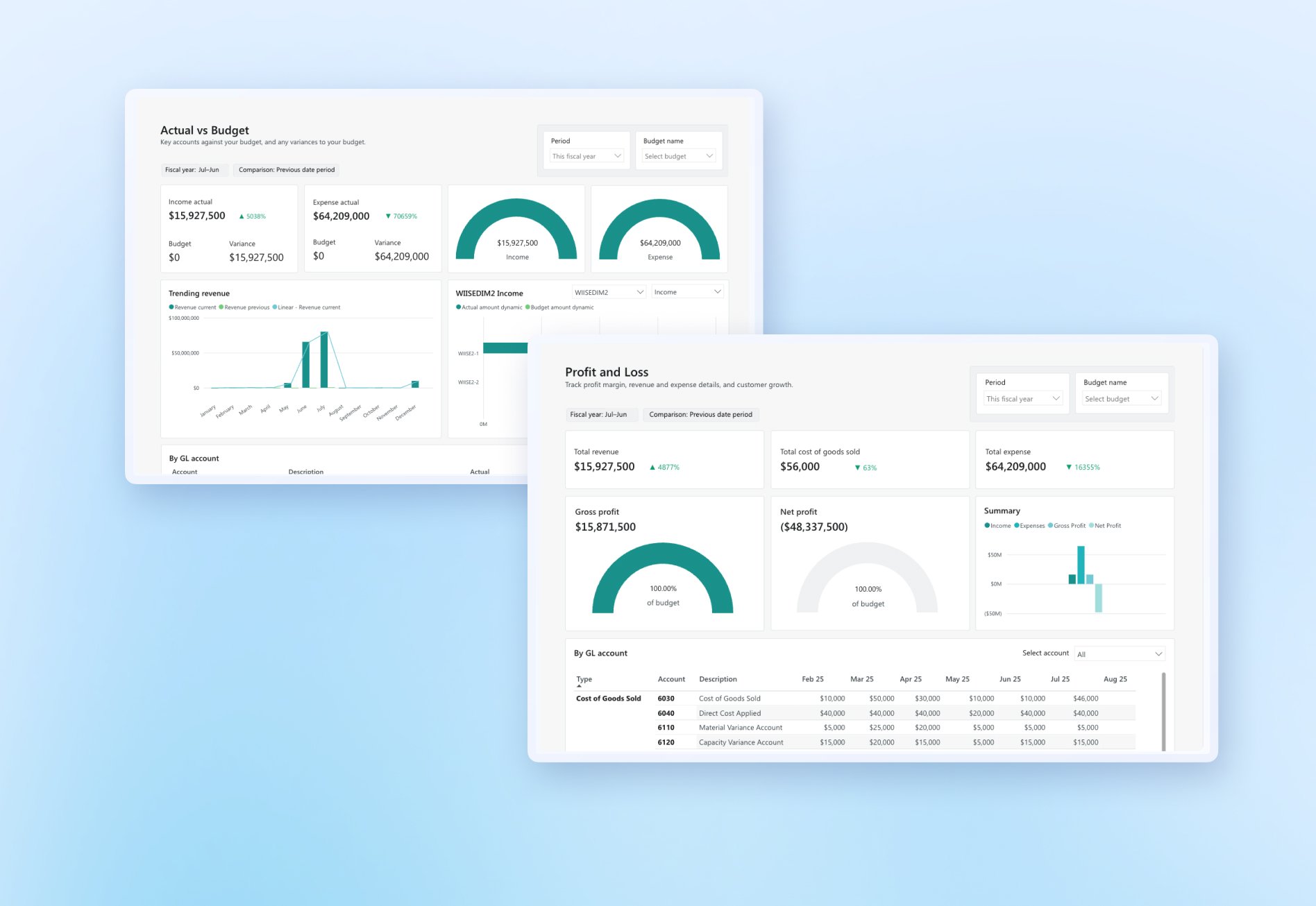Implementing a new ERP is a significant cost to your business. Once set-up is complete, your new ERP should quickly be able to prove its worth, with benefits including huge cost and efficiency savings, growth and increased staff productivity.
But how can you really know if your ERP project was a success, without knowing what you want it to achieve in the first place?
A common trait of successful IT projects is that they have a clear objective.1 Working out exactly what you need from your new ERP at the beginning of an implementation project – and communicating that clearly with everyone involved in a scope document – will avoid disappointment at the end.
How to identify your ERP system requirements
Your ERP requirements will influence most of your biggest decisions and form the basis of both your request for proposal (RFP) document and your scope of work (SoW). The RFP will help you to select the best partner and the SoW will serve as a reference document that will keep the project on track.
The best way to refine your requirements to prioritise your business problems. Your people are closest to them, so gaining feedback from representatives across different departments will ensure your requirements reflect every part of the business.
No doubt, there will be a very long wish list – to help get you started, we’ve created a helpful checklist of more than 50 ERP requirements.
Download the free ERP implementation proposal checklist here.
Turning your ERP wish list into a scope
Once you have an extensive list of requirements, it’s time to start breaking them down into order of priority. Bringing the project team together to categorise requirements will ensure everyone agrees on the most important capabilities – helping to drive the project forward. Your priority list should be based on:
- The main problem (or problems) to be solve
- The secondary problems (or ‘nice to haves’)
- The processes that are unique to your business (your ‘special sauce’) – these may require custom-built solutions.
Prioritising your requirements is the first step towards creating your scope document. Not only will a priority list give your project team clarity, it will also help to outline what needs to be addressed in phase 1 of your project (and what can wait until phase 2).
The initial scope can usually be drafted into a simple 1–2-page list of requirements such as:
- Clunky business processes that can be made more efficient.
- Manual processes that need to be digitised or automated.
- Restrictions/frustrations with your current outdated software that could be resolved by a replacement system.
- Internal controls that will be required as the business grows.
- Categorise your needs into ‘must have’ and ‘nice to have’ buckets.
For more information about planning the move to a new ERP software, read our ERP Implementation 101 Guide: A Practical Guide to Managing the Move.
Alternatively, save time by downloading our free tried-and-tested ERP project documents:
Free RFP templateFree ERP proposal checklist
Free go-live checklist
Ready to learn more?
Book a demo call with one of our friendly team members.



